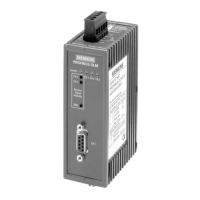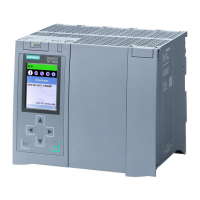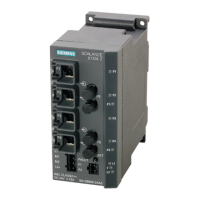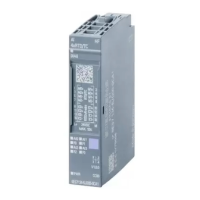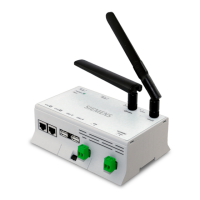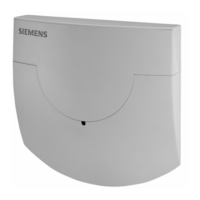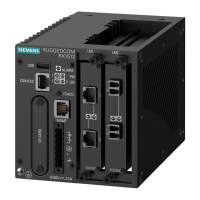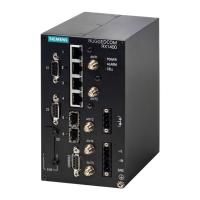New properties/functions
3.2 Changes compared to the previous version
SIMATIC PN/CAN LINK
Operating Instructions, 03/2022, A5E39895388-AC
15
• Check box Block Error passive alarm
When you select this option, the error passive state of the CAN bus is not reported as an
alarm in the diagnostic buffer. The error LED remains off.
(ISO 11898 CAN Layer 2 device: If one of the error counters is above 127, the device goes
into the "Error Passive" state of the CAN bus. The next error is signaled by a "Passive Error
Flag", which consists of 6 recessive bits. This signal does not destroy any other
communication on the bus. The device is fully operational unless an error counter exceeds
255 and the device goes into the "Bus Off" state.)
Under "CANopen Manager > Receive process data objects (PDOs) > Receive PDO
definition"
• Check box Disable checking of PDO length
When you select this option, the data length (number of received bytes) of the received PDOs
is adjusted. Error, warning or diagnostic messages are not generated. The value is adjusted to
the correct data length as follows:
• Data below the defined length are supplemented with the value 0.
• If data exceeds the defined length, the more significant bytes are deleted.
When you disable this option, all data from a received PDO with a length deviating from the
standard is discarded and replaced with the value of the last valid PDO (last received PDO
with the correct length). The CANopen Manager calls up an error message in the diagnostic
buffer.
Under "CANopen node universal > Communication"
• Check box No NMT / Layer 2 slave
When you select this option, the requested NMT status of the node is not evaluated by the
Manager. The CANopen configuration phase is completely skipped for this node. The
configuration menus for EMCY, Heartbeat and Node Guarding as well as the PDOs are
blocked (write-protected) and show the values from the object dictionary (EDS file).
Exception: A node can be monitored by the manager using the Heartbeat/Node Guarding
functions. An error is only signaled to the CPU when the Heartbeat/Node Guarding message is
not received in time. The NMT status of the message is not evaluated; any status is accepted.
Typical use case for this option are slave nodes that do not require NMT commands for their
commissioning and use. After power-on, such devices immediately enter the operating mode
and start sending the PDO messages configured by default.
If you have made parameter changes before setting the "No NMT / Layer 2 slave" option,
these values are retained. However, they have no effect on the actual configuration of the
node in the system.
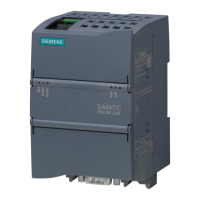
